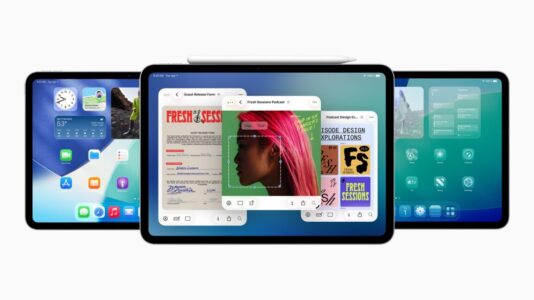OpenAI’s GPT-5 Model to Launch on Apple’s iOS and Mac Platforms
OpenAI’s much-anticipated GPT-5 model has officially launched for ChatGPT users this week, marking a significant leap in the capabilities of generative AI. While users access ChatGPT through various platforms, one of the largest deployments is within Apple’s iOS infrastructure. Excitingly, Apple plans to roll out GPT-5 support for iOS 26, iPadOS 26, and macOS Tahoe 26, as reported by 9to5Mac.
Integration Timeline and Updates
Although Apple has yet to disclose specific timelines for the release of these operating system updates, it is common for major updates to be unveiled in September, aligning with the company’s usual pattern in recent years. This means that iPhone and Mac users may not have to wait long to experience the enhancements brought by GPT-5.
The new model is already being utilized across various platforms, including GitHub Copilot, which recently made GPT-5 available in public preview. Additionally, Microsoft’s general-purpose Copilot has integrated the new model, further showcasing its versatility and reach.
Key Features of GPT-5
GPT-5 introduces significant improvements, including a reported 80% reduction in hallucinations—a term used to describe the generation of false or misleading information by AI. This enhancement aims to bolster the reliability and accuracy of AI-generated content, which has been a longstanding concern.
Another pivotal change is how GPT-5 tailors its processing. The model is designed to automatically determine whether to deploy a reasoning-optimized approach based on user queries. For users with free ChatGPT accounts, this will mean having to accept the automatic choice made by the system. However, those with paid subscriptions will enjoy more control, allowing them to manually select the model for each prompt.
Questions Surrounding User Experience
Despite the promising advancements, several questions remain regarding how GPT-5 will function within Apple’s ecosystem. For instance, will the iOS implementation favor the automatic, non-reasoning mode, or will users be able to access the more advanced "thinking" mode as well? Furthermore, the extent to which paid users can influence model selection in their queries is still uncertain. This ambiguity raises questions about user experience and the potential limitations imposed on different tiers of subscription.
Implications and Significance
The integration of GPT-5 into Apple’s platforms signals a broader trend of advancing AI technology across consumer electronics. As more companies adopt sophisticated AI tools, the landscape for digital interaction is rapidly evolving. This could lead to enhanced productivity, deeper engagement, and more intuitive user experiences across devices.
Moreover, reducing AI hallucinations may significantly bolster the credibility of AI outputs in both professional and casual contexts. As users increasingly rely on AI for information and support, the importance of accuracy cannot be overstated.
In conclusion, the future impact of OpenAI’s GPT-5 model on Apple’s ecosystem—and the wider tech landscape—could redefine how we engage with technology. As developers and consumers alike anticipate the rollout, the advancements presented by GPT-5 carry the potential to reshape interactions and establish new norms in digital communication.









